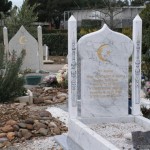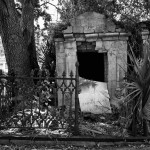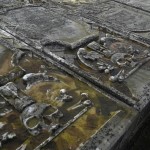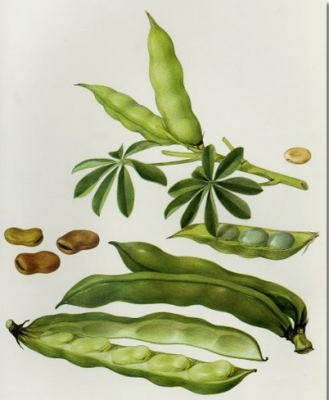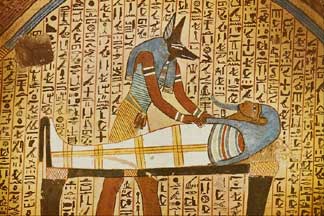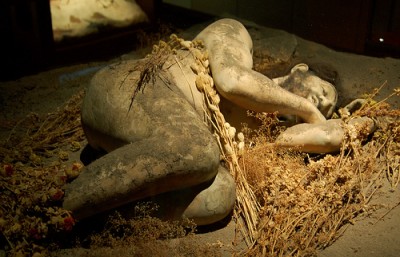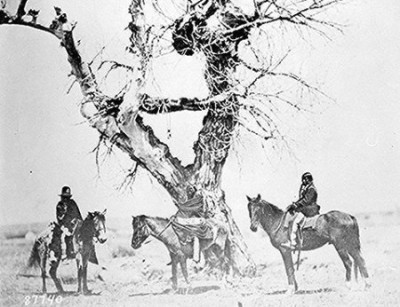* Survey finds Americans’ ideal age around 90
* Slight majority would refuse treatment to extend life
* Would living to 120 sap marriage, family, love of life?
By Tom Heneghan
How long would you like to live – 100 years? Maybe 120? Would extended life spans be good for society, the economy and the way people go through their lives?
With populations aging and medical science progressing, questions like these are moving from the science-fiction category to the realm of long-term issues that ethicists and policy makers are starting to consider.

The Pew Research Center, a Washington-based think tank known for its surveys into political and social trends, published a report on Tuesday exploring views about “radical life extension” and its effects in the United States.
Entitled “Living to 120 and Beyond”, the report said that “many Americans do not look happily on the prospect of living much longer lives”. Among the findings:
– The median ideal lifespan mentioned in the poll of 2,012 people was 90 years, about 11 years longer than the current average U.S. life expectancy of 78.7 years.
– Some 56 percent said they would refuse medical treatment to extend their lives, 38 percent would take it and the rest didn’t answer. But 68 percent thought that other people would seize the opportunity. Only 41 percent thought living to 120 would be good for society.
– Some 79 percent said life extension should be available to all, but 66 percent thought only the rich would have access to it and another 66 percent feared scientists would offer the treatment before fully understanding its health effects.
– Black and Hispanic Americans are more positive than whites about extending life, although the survey could not explain why. Religious views, gender and education did not seem to play a significant role in responses to the national survey.
ENDLESS LIFE “NO PARADISE”
Pew’s Forum on Religion and Public Life conducted the survey as part of its focus on emerging issues with religious and ethical implications, researcher Cary Funk told Reuters.
“Once we started talking to people whose job it is to think about ethical issues and the future, this came up over and over again,” said her fellow researcher David Masci.
The report stressed medical science is not yet able to offer radical life extension treatment and noted that three-quarters of those polled did not think average people in 2050 would be able to live to 120 or longer.
Only 10 percent said having more elderly in the population would be bad for U.S. society, although 53 percent thought it would not make the economy more productive.
The report said extending life spans would challenge the concept of life-long marriage and could confuse relations within families when “people may not look or act much older than their parents, grandparent or even great grandparents.”
It cited ethicists who asked whether postponing death until a distant future would make people appreciate life less.
While all faiths confront the issue of death, the report said none had yet taken a position on radical life extension.
But researcher Masci found that former Pope Benedict, who unexpectedly retired in February citing his old age, addressed the issue in a Holy Saturday sermon back in 2010.
Benedict, now 86, observed that modern medicine sought to delay death as much as possible and asked whether radical life extension would be a blessing.
“Humanity would become extraordinarily old, there would be no more room for youth,” he said at the Vatican. “Capacity for innovation would die and endless life would be no paradise. If anything (it would be) a condemnation.”
Complete Article HERE!




